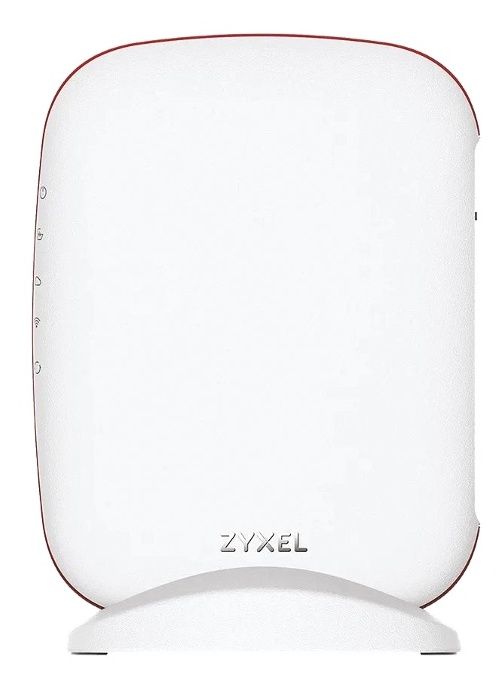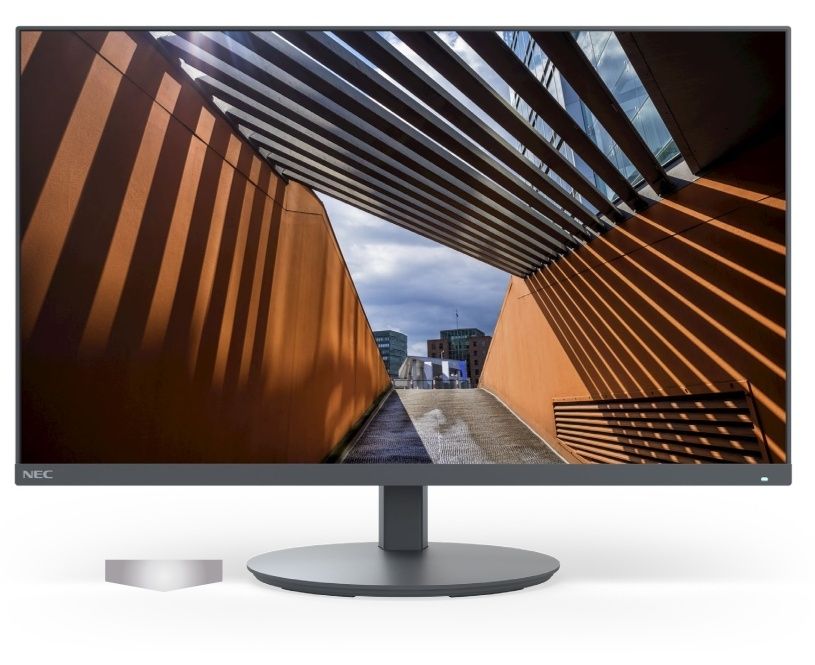Why you can trust TechRadar
Our harsh and headache-inducing past experiences suggest that really cheap TVs can struggle to produce an enjoyable passive 3D picture. But while it's certainly not without its faults, the Finlux 42F7010 certainly isn't unwatchably awful by any stretch of the imagination.
The main reason for this at least gentle positivity is that the Finlux 42F7010 delivers fairly emphatically on at least some of passive 3D's technological advantages.
For instance, donning the lightweight glasses causes only the most minor reduction in the brightness of the set's pictures. This in turn means you can still enjoy very vibrant and rich colour tones while watching 3D, rather than having to suffer the often significant drop off in colour punch you get with most active 3D TVs.
The lack of any shuttering technology in the Finlux 42F7010's passive glasses also means you don't have to put up with any distracting and fatiguing flickering effects, even if you find yourself watching 3D in a very bright room.
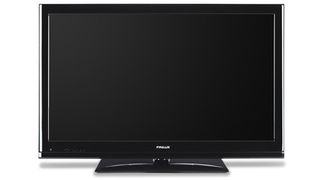
Passive 3D tech has a couple of significant downsides too, though. First, 3D Blu-rays don't look quite as detailed and HD as they do on good active 3D TVs. And second, you are sometimes aware of horizontal line structure while watching 3D footage, especially over bright, contoured edges.
However, while the Finlux 42F7010 isn't immune to these flaws, its relatively small 42-inch screen size does make them harder to spot unless you stick your head right up to the screen. Which is not, of course, something that anyone in their right mind would want to do under any normal circumstances.
A much more significant 3D failing of the Finlux 42F7010 is its susceptibility to crosstalk double ghosting noise.
This is generally not a problem with passive 3D technology. Indeed, passive 3D inventor LG always says freedom from crosstalk is one of the system's biggest advantages. Yet it consistently reared its ugly, distracting head with all sorts of 3D footage on the Finlux 42F7010.
Admittedly the crosstalk's impact is reduced by the way it's restricted pretty much exclusively to objects in the mid or far distance rather than also besmirching foreground objects. But it's still a disappointment, and provides more evidence that crosstalk only disappears with passive 3D technology if the panel inside a passive 3D TV is of a high quality.
While on the subject of crosstalk, we're also duty-bound to report that the Finlux 42F7010 exhibits passive 3D technology's familiar failing whereby crosstalk suddenly becomes excessive if your viewing position finds your head at an angle of more than around 13 degrees above or below the screen.

The other issue with the Finlux 42F7010's 3D images is that their otherwise decent level of sharpness and clarity can fall down when there's a lot of motion in the picture.
The set doesn't carry any significant motion processing tools, which can mean in 3D mode that objects pass across the screen in a pretty juddery fashion. As well as making the picture look less clean, this judder also seems to reduce the 3D depth effect.
2D picture
The Finlux 42F7010 is a solid 2D performer. Pictures still enjoy the brightness and punch noted with 3D viewing, while HD sources look sharper than would normally be expected from such a cheap 42-inch TV.
The judder noted in 3D mode is still there, but it feels markedly less pronounced, and as such is certainly preferable in our minds to the sort of heavy-duty blurring all too commonly found on budget LCD TVs.
Also easier to spot in 2D mode is the Finlux 42F7010's surprisingly respectable black level performance. Sure, there's always a degree of greyness visible during dark scenes, but it's not bad at all by budget TV standards, and doesn't lead to too much shadow detail getting crushed out.
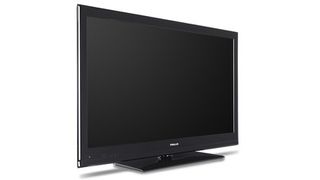
The biggest disappointment with the Finlux 42F7010's 2D pictures is their colours. No matter how much we tried tweaking the available colour settings, we just couldn't end up with a palette that looked totally convincing in tone or well-balanced, with some tones standing out more aggressively from pictures than others.
It actually felt to us as if colours looked more credible in 3D mode, with Finlux's glasses on!
The Finlux 42F7010 additionally proves a pretty uninspiring upscaler of standard definition sources, leaving them looking very soft and noisy as it goes about translating them to its screen's Full HD resolution.
The final problem with the Finlux 42F7010's pictures is that they're very viewing angle dependent. Watch from a horizontal angle of any more than around 30 degrees, and both contrast and colour suffer heavily.
Sound
Putting the Finlux 42F7010's audio through its paces, Finlux's television proves a fairly typical budget flatscreen TV effort. Which is to say, not very good.
It handles simple chatty material well enough, but anything that dares to add a bit of bass, rich music or multiple audio layers to proceedings ends up sounding compressed to the point of harshness.
The TechRadar hive mind. The Megazord. The Voltron. When our powers combine, we become 'TECHRADAR STAFF'. You'll usually see this author name when the entire team has collaborated on a project or an article, whether that's a run-down ranking of our favorite Marvel films, or a round-up of all the coolest things we've collectively seen at annual tech shows like CES and MWC. We are one.
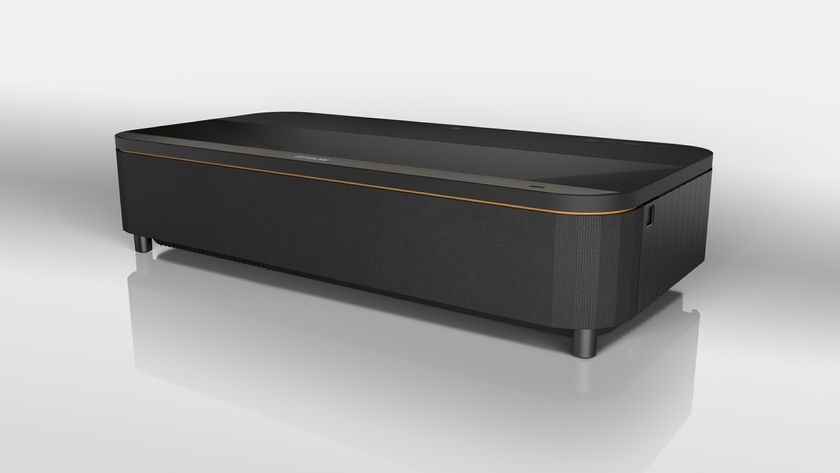
Epson's new UST 4K projector is mind-blowingly bright at up to 160 inches, but lacks a key HDR feature to make the most of it

Watch out, Apple and Garmin! UNA's sustainable, modular smartwatch is now live on Kickstarter

I just fixed the most frustrating Dynamic Island quirk with an obvious workaround


